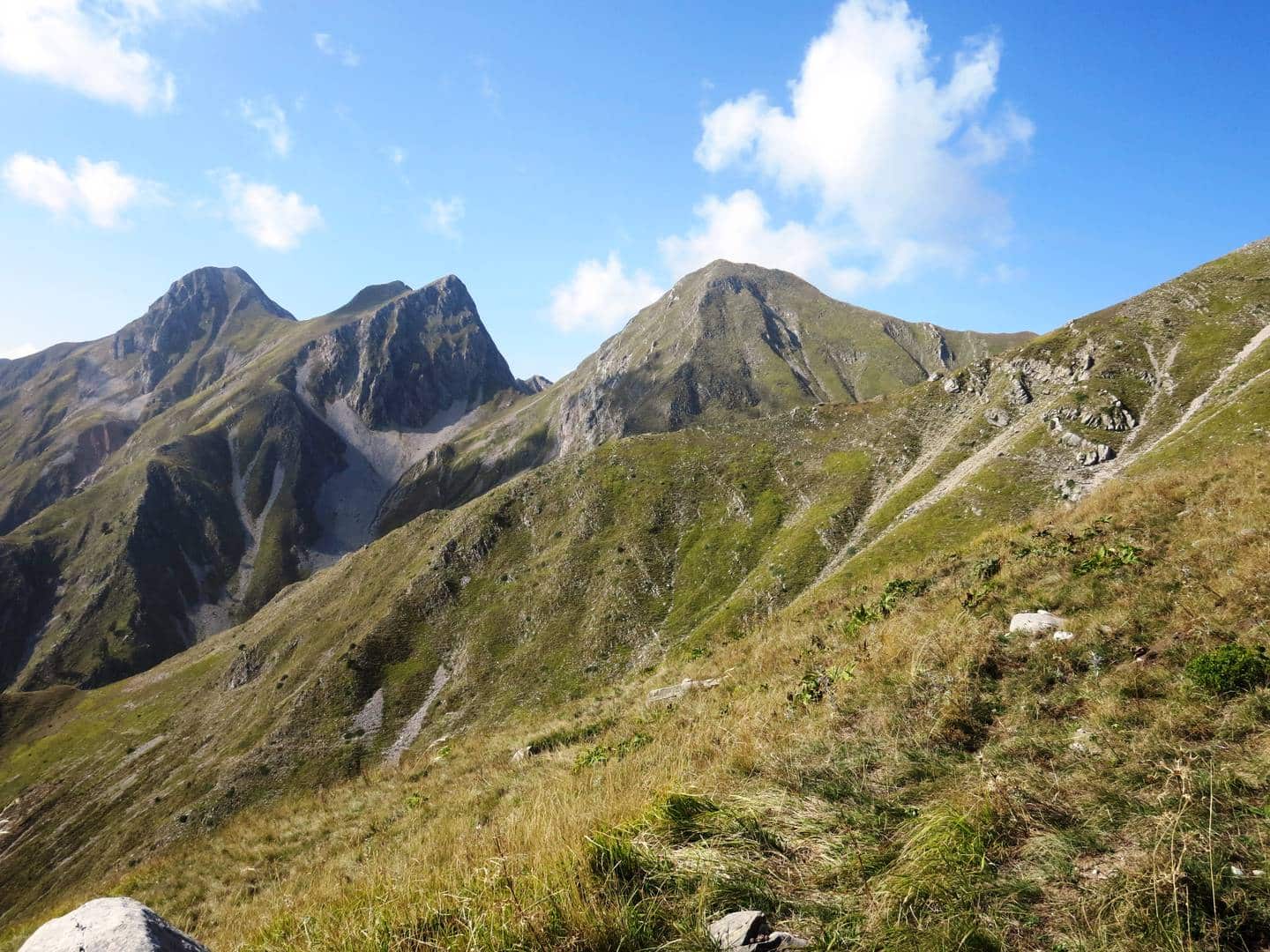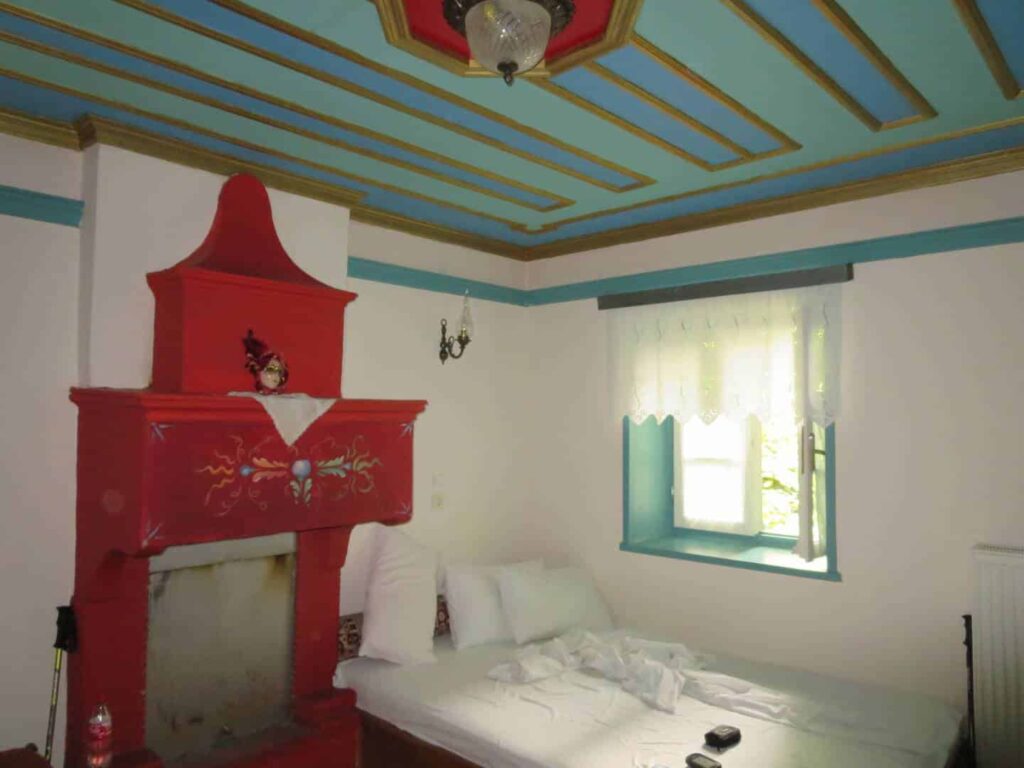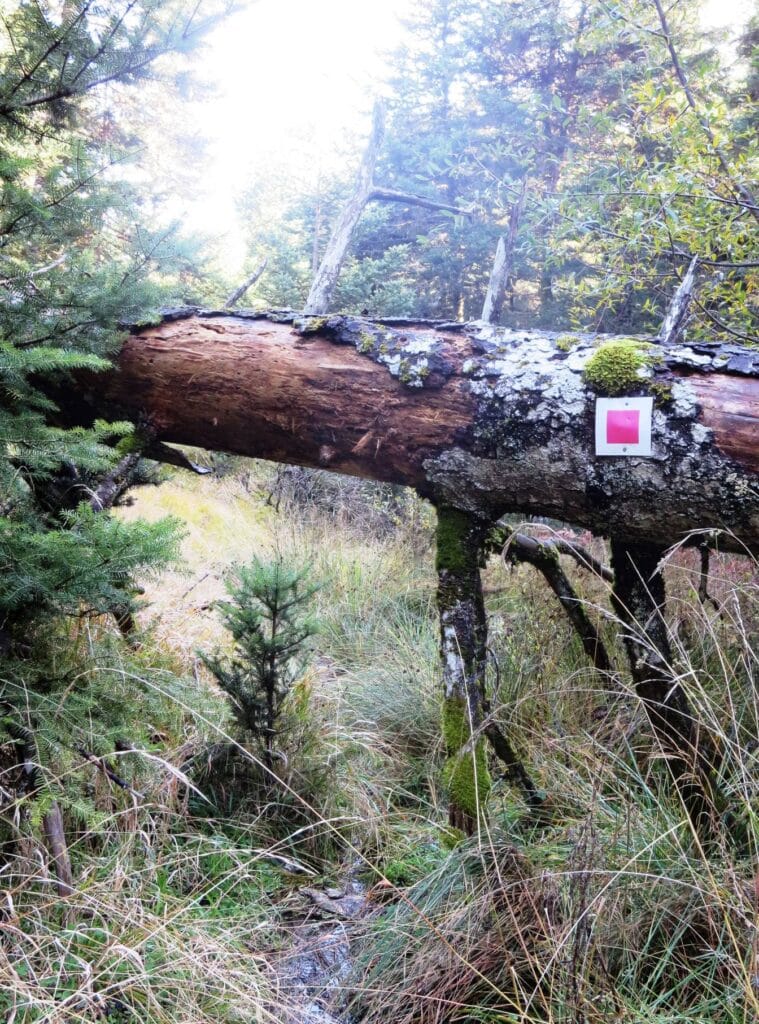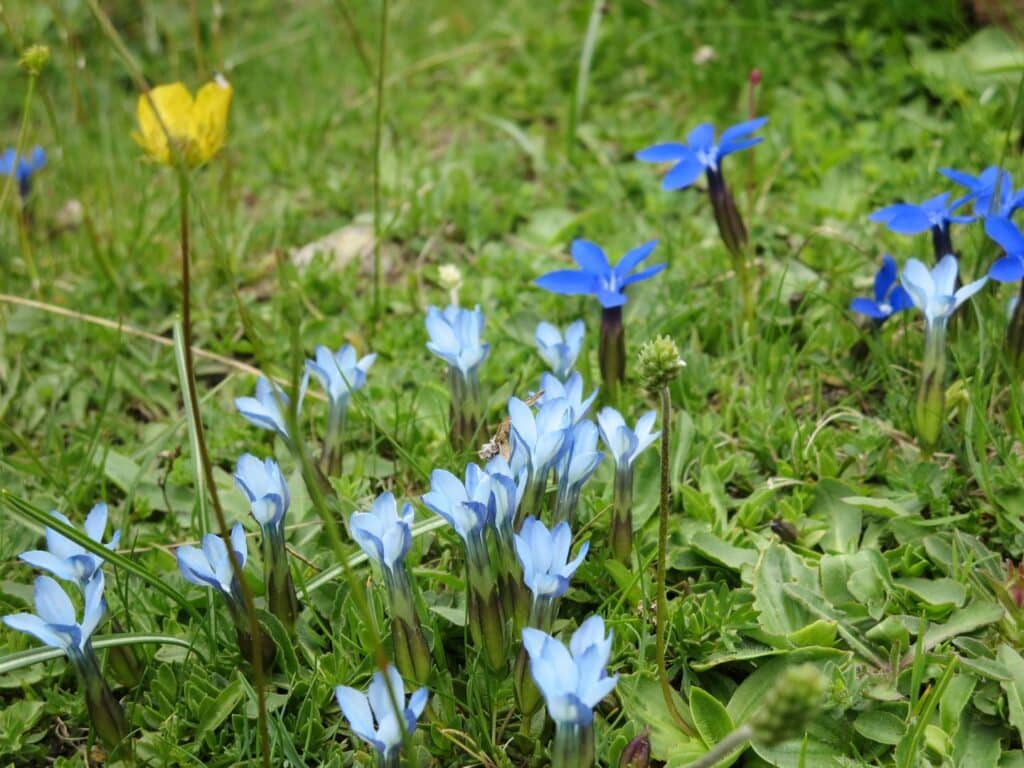
Choosing the right trail for you
There is a Greek trail to suit everyone, from the complete beginner to the seasoned long distance hiker. Here are the most important things to think about, when choosing.
Level of expertise. None of the trails mentioned are technically difficult, but some are remote and far from help in case of difficulty. They can also be physically challenging, with steep ascents, rough paths and occasional scrambling. I have listed them in rough order of difficulty.

Overnight accommodation. This is easy to find on some trails, such as in Corfu, but elsewhere you may need to camp. Wild camping is illegal but widely accepted: ask if you can and never light a fire when it is tinder dry in summer. Even if accommodation is available, it may be closed outside the short summer season or fully booked in season.

Trail maintenance and waymarking. This is mostly carried out by the Greek mountaineering clubs on a volunteer basis, and can depend on the commitment and enthusiasm of one or two individuals. The recent popularity of mountain marathons has helped. Particularly in spring, trails may have suffered damage in winter storms.

Season: In the mountains of the North, the shepherds don’t move their flocks up to the mountain pastures until June and leave again in October. Snow can make some routes impassable until well into summer. Further south, hiking is best avoided in the heat of July and August. In summer and early autumn, water may also be hard to find. My favourite months for hiking are May and June, when the flowers are spectacular.
